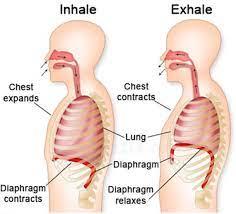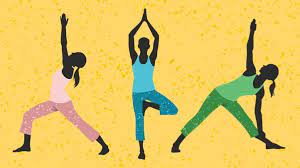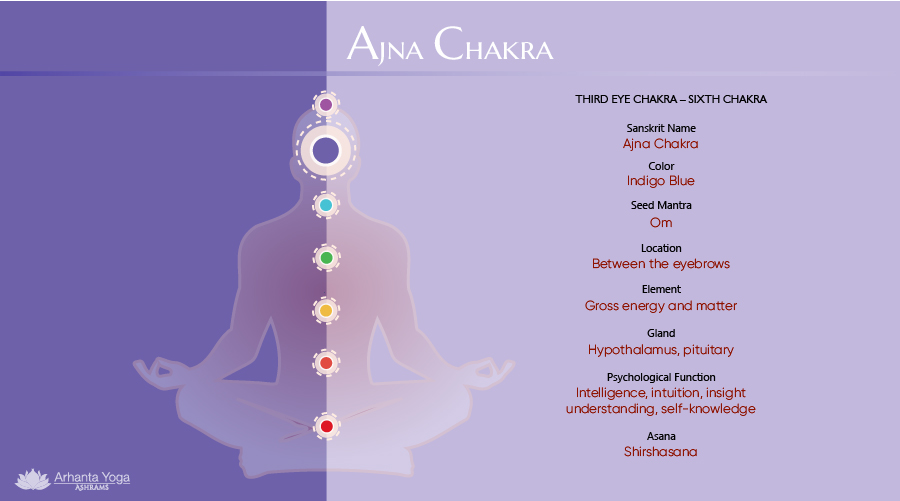What Is yogic breathing? Benefits, types, and how to try
We have to breathe to live. It is one of the basic body processes that connects automatically to others. Additionally, it is one of the core elements of yoga. You can afford to not do asana, but still tell that you are doing yoga, if you manipulate the breath, while just sitting. Yogic breathing is nothing, but Pranayama. While doing yoga in rishikesh, you will be able to learn various types of yogic breathing.
Yogic breathing, or Pranayama is one of the limbs of yoga. If you can breathe according to the guidelines mentioned in the Vedic texts, you can control the energy inside the aural or astral bodies as well. Pranayama is in fact, an important part of the 200 hour yoga teacher training in rishikesh. It is an intentional and controlled breathing, which can create a lot of difference in your life. We will break down the word, Pranayama for you. ‘Prana’ means life force in general, and ‘Ayama’ means expansion. So, the ultimate meaning is the ‘expansion of breath’. Let us delve into the nuances of Full Yogic Breathing, which is likely to benefit you in several ways.

How To Practice Yogic Breathing?
In the realm of yoga, there are various types of yogic breathing. You may be able to learn about the same in the yoga training, as well. You have to bring together, various forms of breathing exercises, to be exact. However, you as a student, must learn the various forms separately, before using them together, in full force. So, here we are, trying to break down the three types of breathing, which you have to ultimately amalgamate to create one uniform style of breathing.
Abdominal Breathing – It is also known as Diaphragmatic breathing. You can unlock the secrets that will assist in proper exhalation, as a part of this modality. If your exhalation is good, it can also lead to better intake of fresh air. You will mainly be developing awareness in the lower part of the lungs. As a beginner, you can also first try this, in a supine position.
Here are a few steps, with the help of which, you can go about this journey, to perfect breathing.
- You must start with this practice, by sitting or lying down somewhere, where there will be no distractions. Try to relax the body, as well. If you feel slight strain in your back, you need to keep the knees bent a bit. You can also do this exercise in standing position.
- Start relaxing the upper body parts, like neck, shoulders, and head, by rolling them on either side.
- Now, you have to put one hand on your chest, and the other one on your belly.
- Take a long and deep inhalation and fill your lungs completely. This leads to expansion inside the chest cavity, and the diaphragm moves down. This leads to further expansion inside the abdomen and the waist. Your chest has to be a bit still, while the belly muscles should rise a bit.
- In the next step, you can release all the air through the nostrils or the lips. Your belly will be contracted towards the spine. You can repeat this at least 14-15 times.
- After you are done, you can relax.
- Thoracic Breathing – This is also called chest breathing. After you have mastered abdominal breathing, you can move onto Thoracic breathing. It is the second part of Yogic breathing. You will be able to concentrate on the middle part of the lungs, in this breathing modality. The breathing also facilitates greater movement of the rib cage.
So, here are a few steps, which you can practice to get the most of it.
- Like all other yogic practices, you need to sit in a secluded place. Make sure, that there is minimal disruption or distraction around you. Just like before, you can bend the knees slightly, if there is strain in back muscles.
- Relax the head, shoulders, and the neck.
- Again, you have to put one hand on your belly, and the other one on your chest.
- As before, you have to take a long and deep breath. Ensure to fill up the lungs completely.
- In this case, you have to expand the chest as much as you can, without expanding the belly region.
- When you are about to exhale, you can relax the chest muscles at first. Contract the rib cage, to push the air out of the lungs.
- You can repeat this for at least 4-5 times.
- Clavicular Breathing – This is the third component of Yogic breathing. You can develop complete awareness of the upper part of the lungs. You must practice the previous two breathing modalities, before you practice Clavicular breathing.
- Just like the previous two breathing modalities, you have to find a calm and secluded place for your practice.
- Make sure that the spine id erect, and you are not straining the back, too much.
- Try to understand the natural flow of breath.
- Now, take a long and deep breath, and fill the lungs completely. You have to ensure to expand the chest and ribcage, as much as you can.
- When you feel, that the rib cage has expanded till its maximum capacity, inhale more. You should be able to feel the upper part of the lungs swelling up, and touching the collar bone. You may notice the shoulders being lifted as well.
- This may not be as easy, as the previous breathing modalities. So, you need to keep some patience. With time, you will be able to perfect this breathing, as well.
- When exhaling, you have to release the breath from the upper part of the lungs and then allow the rib cage to contract.
These are the three components of Full Yogic breathing. Once you get these right, you can go ahead with that. The teachers will be able to guide you at the best yoga school in rishikesh.
Finally – Full Yogic Breathing
If you are confident of the last three modalities, now it is time to start with the final one. In full yogic breathing, you have to combine all the three breathing systems that you have learnt previously.
Sit down somewhere comfortable and try to relax the body. Now, you have to put one hand on your belly, and the other hand on your chest. Take a long and deep breath, through the nose, and start filling up the lungs. In this process, air first settles down in the lower part of the lungs. You have to continue to inhale deeply, and ensure that the air is slowly filling up the middle part as well. Expand your chest outwards further. During the final part of the process, the upper part of the lungs touching the collar bone, is also completely occupied by the inhaled air.
After the complete inhalation, you have to release the air. Start with the shoulders, chest, and finally the abdomen. You have to draw the belly button towards the spine, to release all the air. You can also practice Bahya Kumbhaka at this stage, by holding the zero breath. This is one full Yogic breathing. You can repeat the above steps at least three to four times.
Check out Our Sound Healing Course in Rishikesh
Benefits Of Yogic Breathing
You ought to learn about the benefits of yogic breathing today.
Physical benefits – Numerous controlled experiments and trials are being conducted on a day to day basis. In one such sample, people who had COPD, greatly benefitted from yogic breathing. Breathing exercises in general, can strengthen your lungs as well. It allows you to take deeper and fuller breaths. This helps in proper dilation of the blood vessels. This also leads to a healthier immune system.
Your sleep quality will also get better with time, if you practice yogic breathing, on a regular basis. The reason being, that it lowers the heart rate. This leads to a very calming and relaxing effect on the body, in general.
Mental Benefits – When you practice yogic breathing on a regular basis, you will be able to increase the flow of oxygen inside the body. This also helps in expelling the excess carbon dioxide as well. This benefits the brain and nervous system. The practice can also improve your cognition levels. Yogic breathing gives more clarity to the practitioner. In this process, you are paying a lot of attention to your breathing pattern. It results in mindfulness. If you practice yogic breathing, on a regular basis, you will be able to prevent your mind from garnering unwanted thoughts.
It also helps in de-addiction. So, you can also practice the technique to get rid of addictions like smoking and drinking. The practice mainly helps in the control of cravings.
Apart from the above, you also get benefitted spiritually. When you intake fresh breath, the body also generates fresh Prana. It flows through the astral channels, which are also called Nadis. Thus, removing all kinds of blockages. So, you will be healthy, mentally, physically as well as emotionally, if you practice Yogic breathing daily. Hrishikesh Yoga School is one of the best yoga schools in India, which teaches such modalities. So, you can enquire for one of their courses early on.





